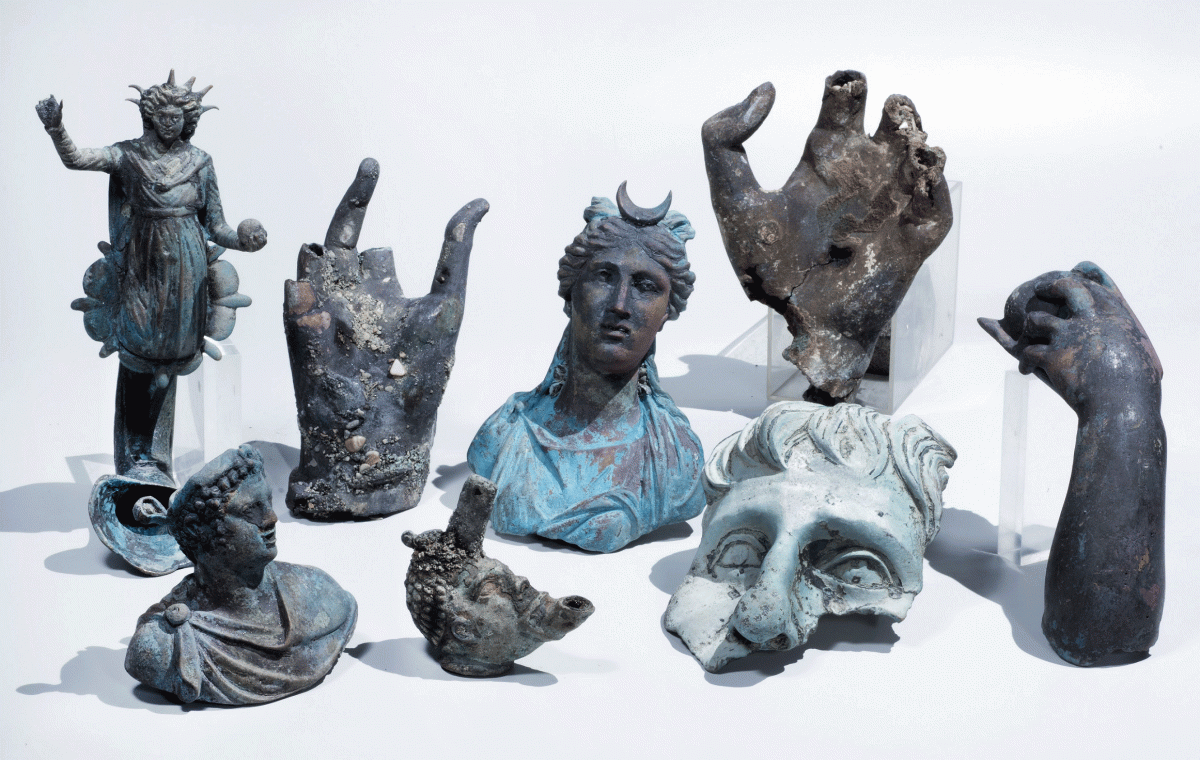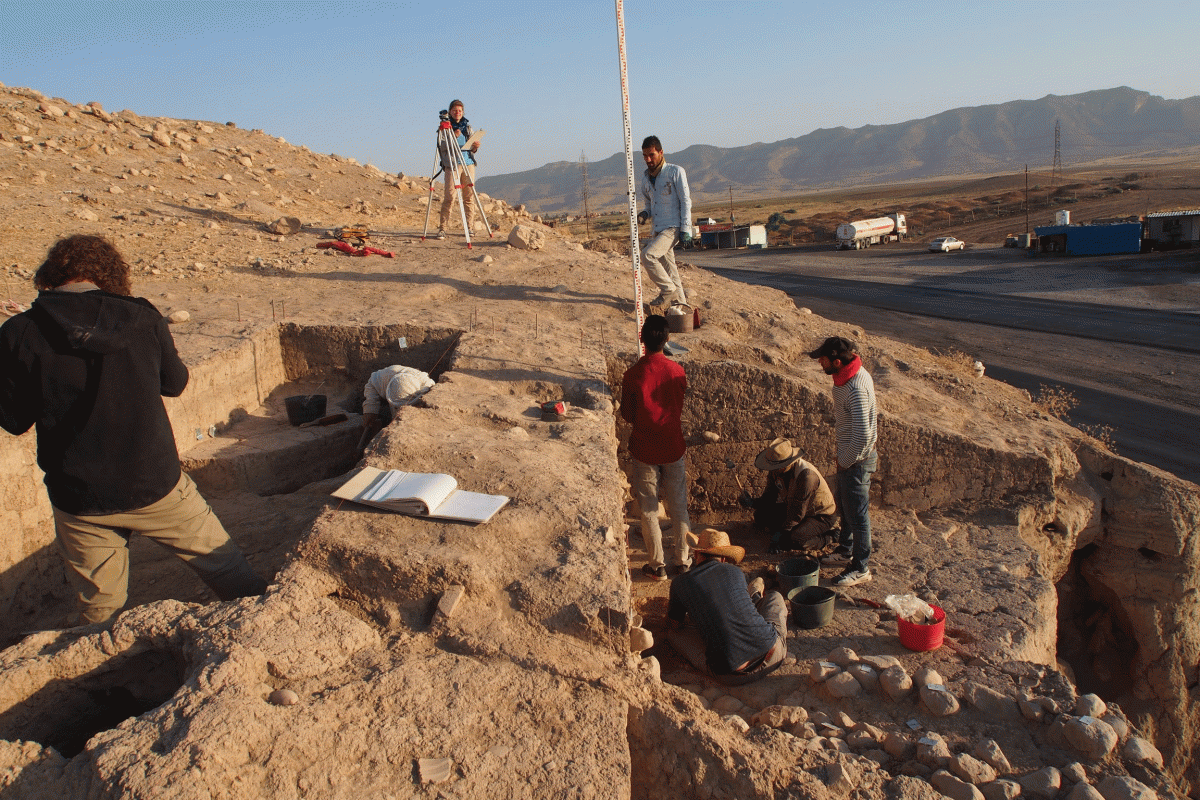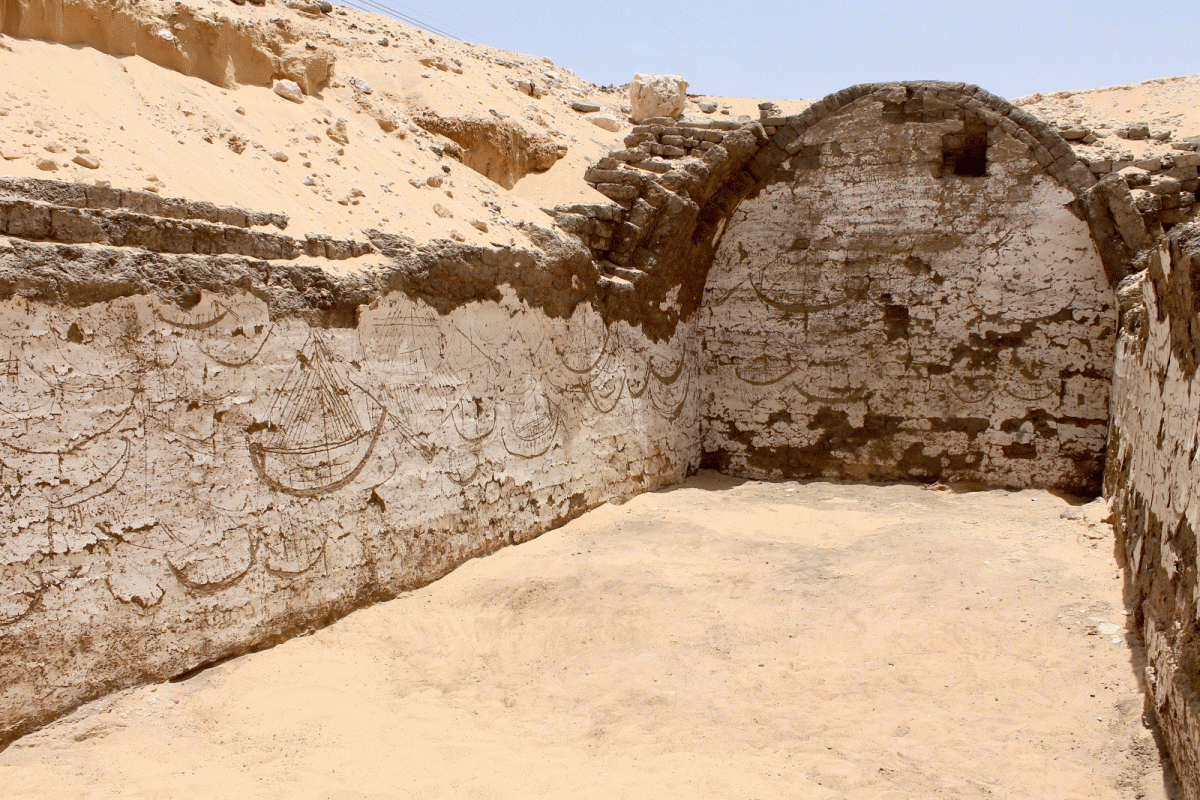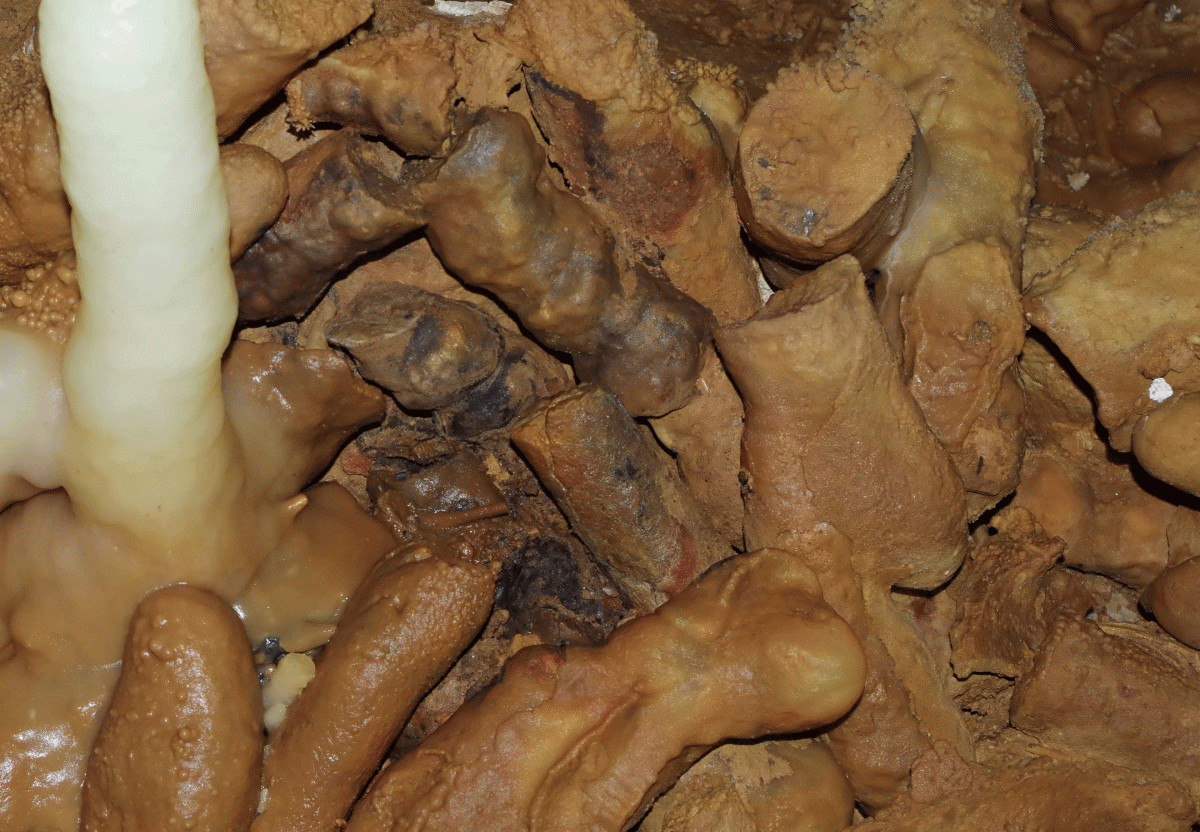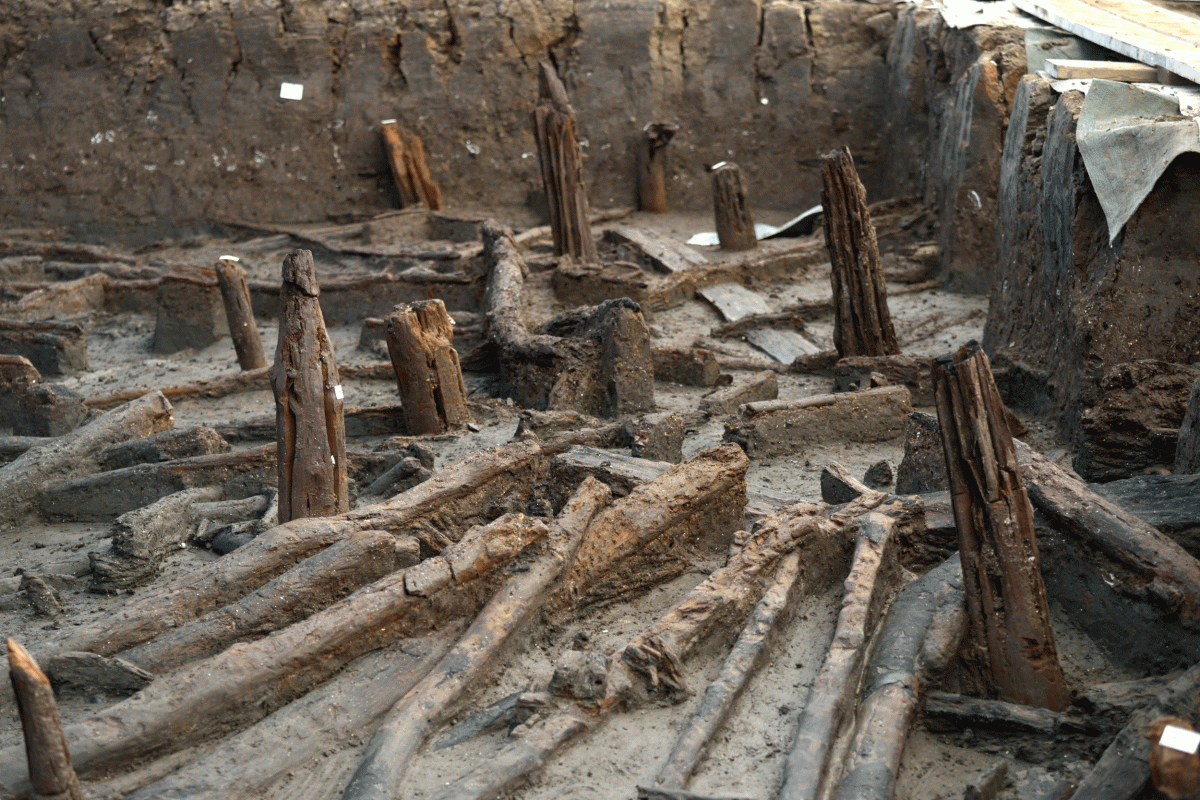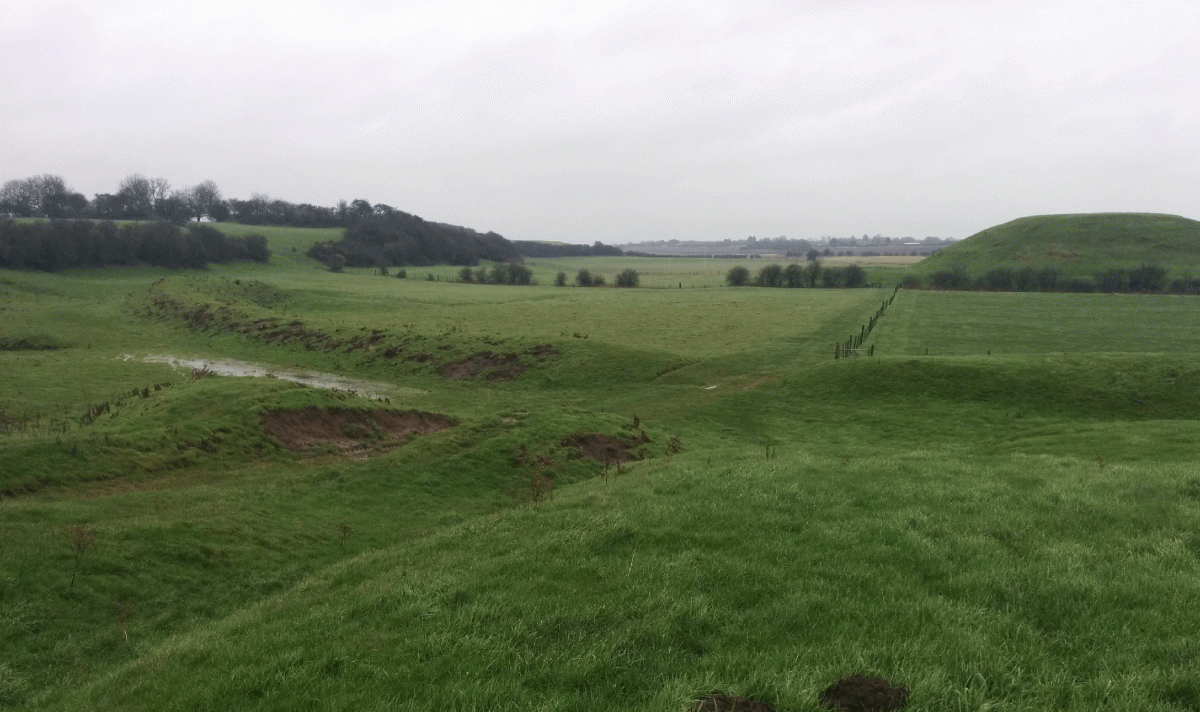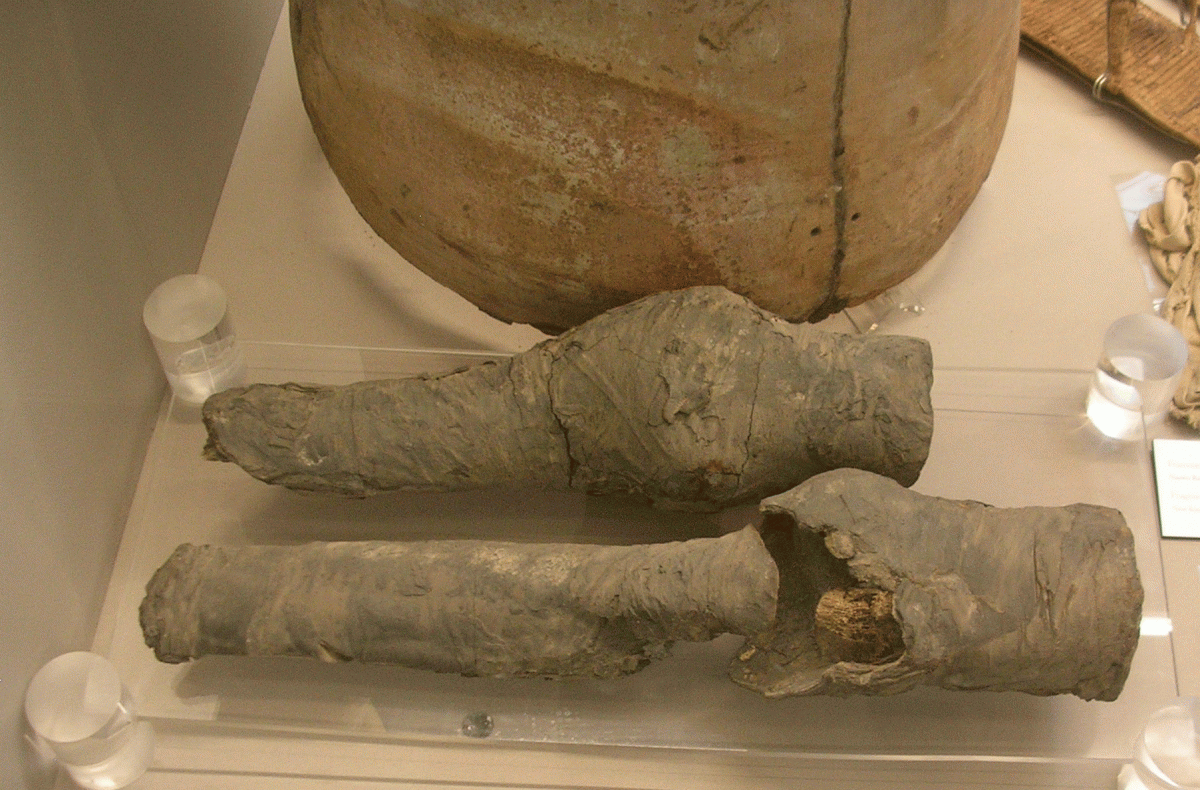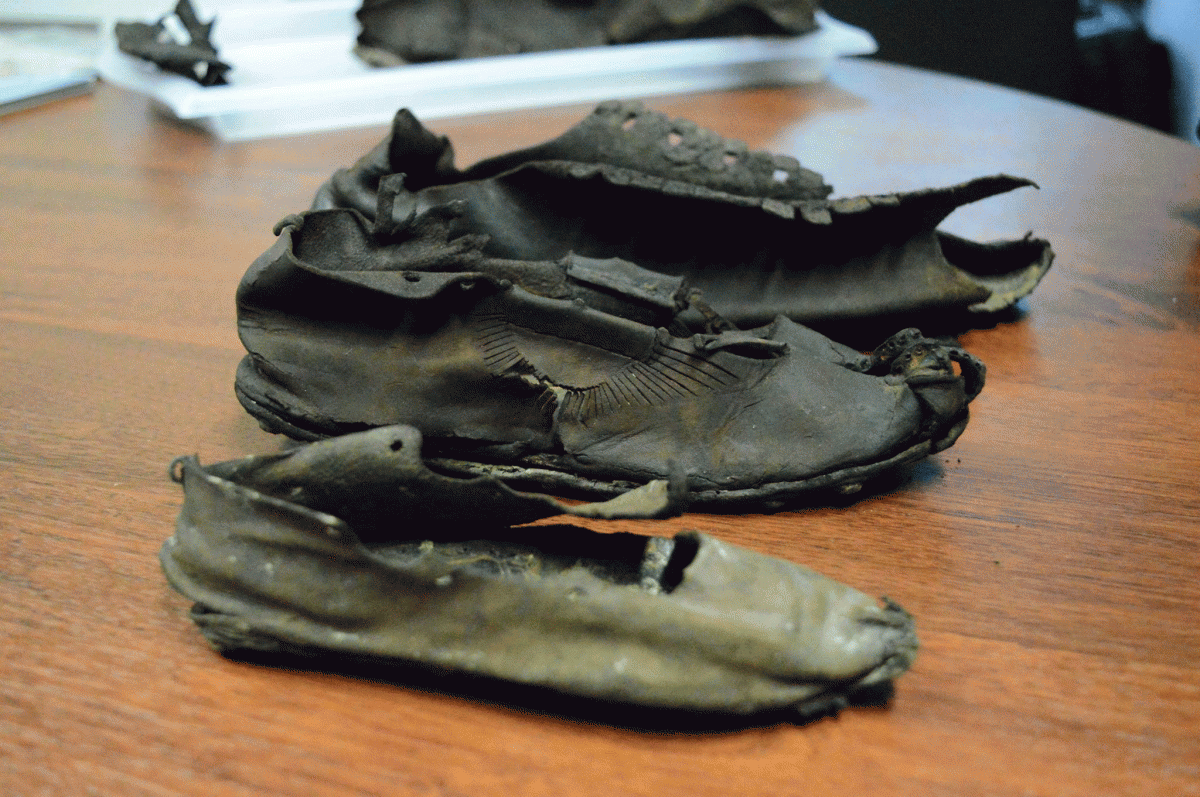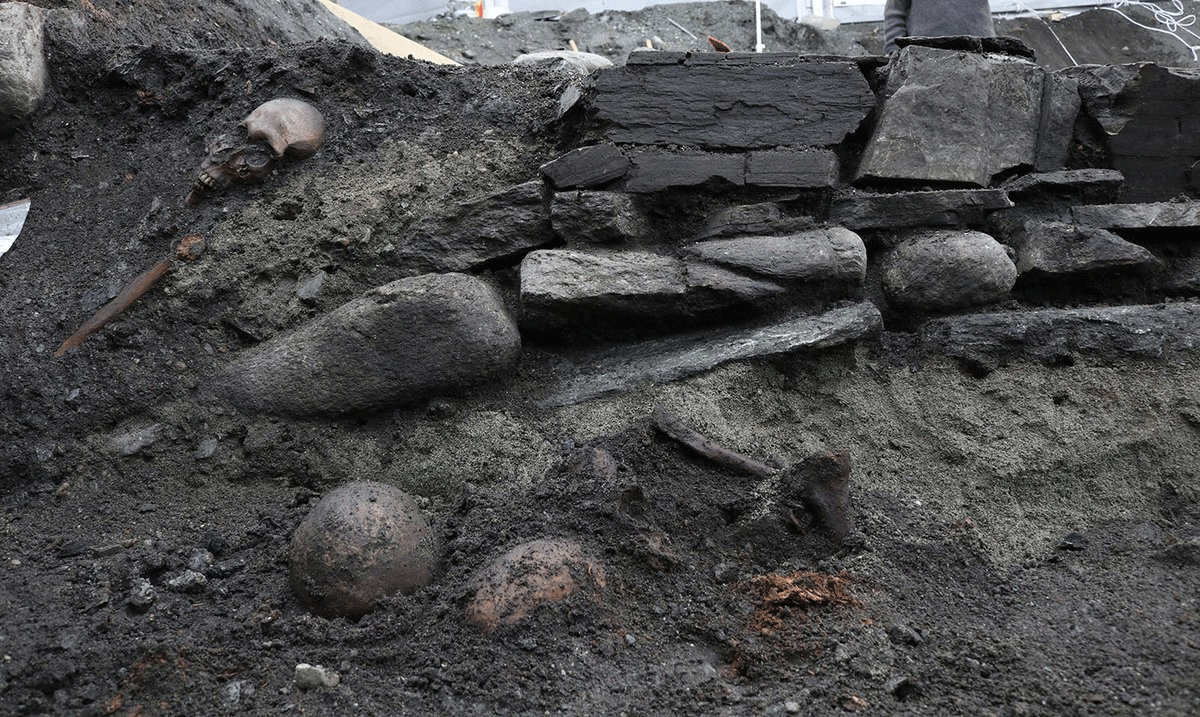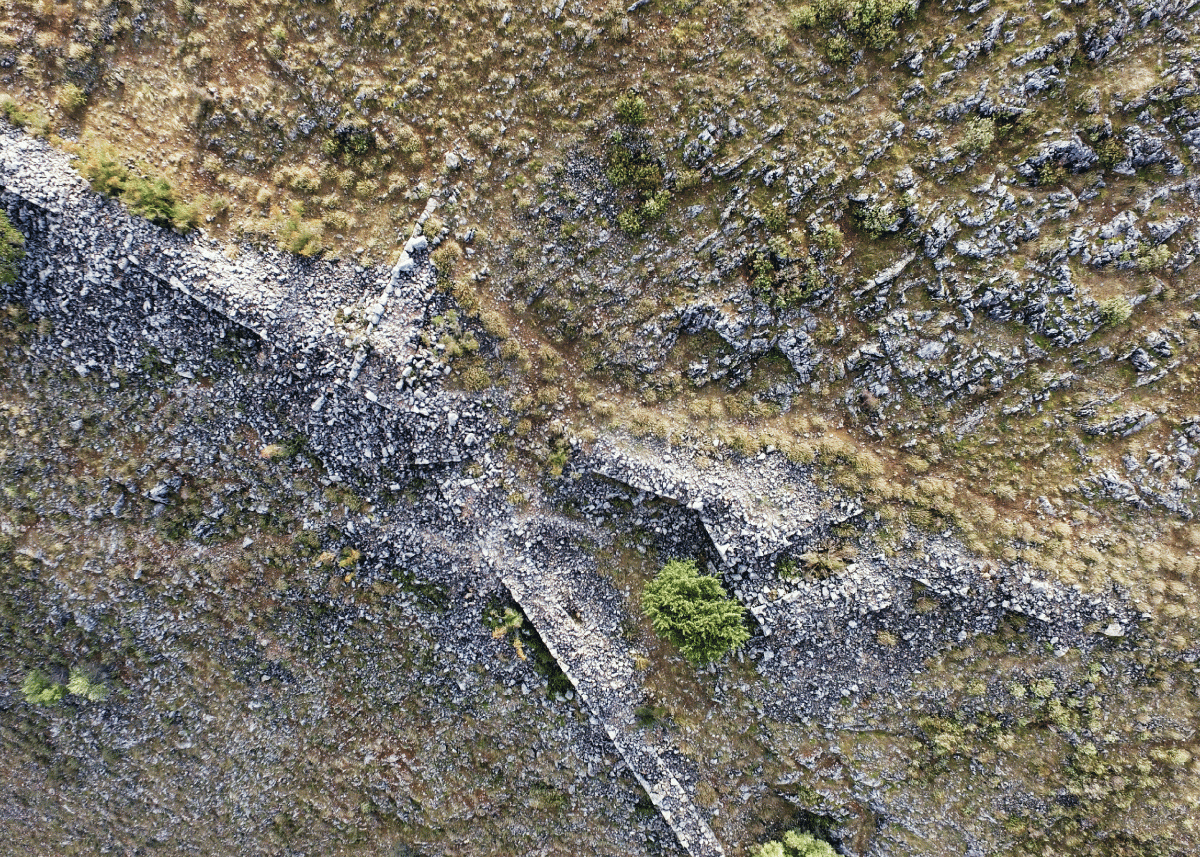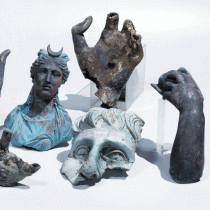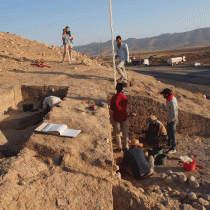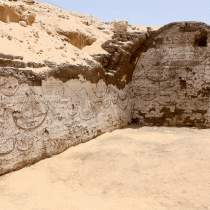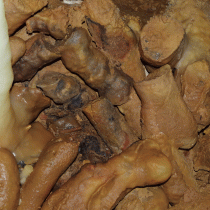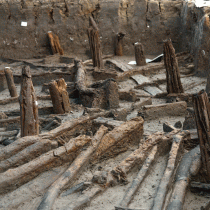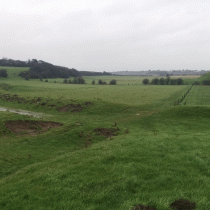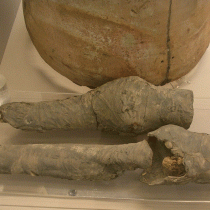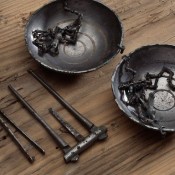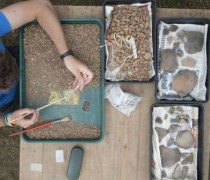2016 has been a year copious with archaeological discoveries. Although many of these discoveries are significant, interesting, intriguing, and offer an insight into various aspects of human world history, here is a list of the 10 most exciting ones:
1. Bronze Age stilt houses in East Anglia
Excavations in East Anglian fens have yielded a settlement with exceptionally well-preserved dwellings dating to the end of the Bronze Age. The wooden houses were built on stilts above water, but a fire probably destroyed the settlement. The houses collapsed into the river and their contents were thus preserved in situ. The discovery provided researchers with an insight into domestic life 3,000 years ago.
2. Unknown ancient city in Greece
A previously unknown ancient city was discovered at Vlochos village near Athens, Greece. An international team of archaeologists from the University of Gothenburg discovered that the remains scattered on Strongilovouni hill in central Greece are actually the remains of a significant city dating to several historical periods. Archaeologists unearthed a city wall, a town square and a street grid as well as ancient pottery and coins. The discovery is important since there are no other traces of ancient cities in this particular part of Greece.
3. Ancient shipwreck rich in artefacts in Caesarea
Marine archaeologists in the ancient harbour of the Caesarea National Park have brought to the surface numerous artefacts and coins, the largest hoard of marine items in the past thirty years. The shipwreck is 1,600 years old and carried many beautiful bronze items which are superbly preserved, such as lamps, cast statues, figurines etc.
4. Bronze Age city found in Northern Iraq
A Bronze-Age settlement, perhaps an outpost of the Akkadian Empire, considered the first World Empire in world history, has been unearthed during excavations by Archaeologists from the University of Tübingen. The excavations took place at the small Kurdish village of Bassetki near the town of Dohuk in northern Iraq, about 45 kilometres from IS territory.
5. Iron Age Mound discovered in Yorkshire, UK
University of Reading Archaeologists have found that a 40-foot mound in Yorkshire is actually an Iron Age monument rather than a Norman castle motte built 2,500 years ago. The mound, 85 metres in diameter and 13 metres high. It is the only Iron Age monument in Britain of this size and its similarity to Silbury Hill in Wiltshire has led to it being called the ‘Silbury Hill of the North’.
6. Discovery of church and altar of Viking King Olav Haraldsson in Norway
The discovery of a church where the Viking King, Olaf Haraldsson was first enshrined as a saint in Norway is another significant discovery. The foundations of the structure were found at a site near Trondheim. The discovery, if confirmed will offer credibility to Norse saga accounts of that time.
7. Findings in French cave first in human history
The discovery of structures in Bruniquel Cave, in southwestern France, offer a new insight into Neanderthals and their life. The 336-metre high structures date back about 176,500 years and it shifts the date of humans occupying caves much earlier. Until the discovery the oldest confirmed case of cave use dated back only 38,000 years.
8. Ancient boat burial in Egypt
Archaeologists from the Penn Museum have unearthed a pharaonic boat burial at the desert site of Abydos, Egypt, dating to the reign of Senwosret II. Probably a funeraray boat, the remains of the vessel were found inside a chamber with wall drawings on all walls. More than 120 pharaonic watercraft were painted on the plastered walls. Archaeologists also found 145 pottery vessels buried with their necks towards the entrance to the boat burial.
9. Roman shoe hoard in Britain
Excavations at a fort in Vindolanda, UK, now part of the Frontiers of the Roman Empire World Heritage site, have yielded numerous finds. From dog and cat skeletons to pottery, leather, and 421 Roman shoes. It seems that anything the soldiers could not carry with them on their way out of the fort threw in a ditch, allowing archeologists to discover exceptionally preserved items in what seems like a time capsule.
10. Queen Nefertari mummified remains in Italy
A pair of mummified legs, held in the Egyptian Museum in Turin, Italy, have been recently identified as belonging to the Egyptian Queen Nefertari, the favourite wife pf Pharaoh Ramesses II. The legs, alongside other items, had been found in the Queen’s tomb in the Valley of the Queens, when it was firstly excavated in 1904, and transferred to Italy. Since the tomb had been plundered in Antiquity and had a huge amount of intrusive material, the legs had first been assessed as belonging to a later burial.
